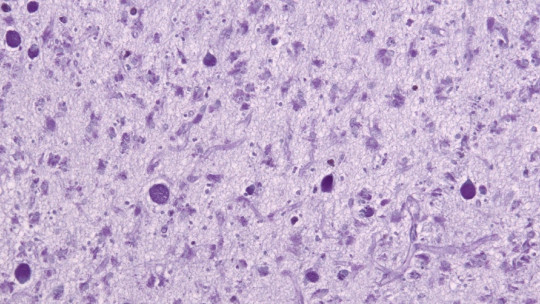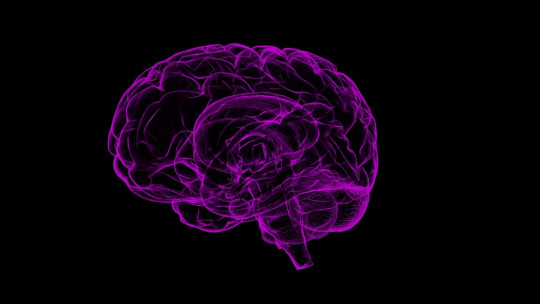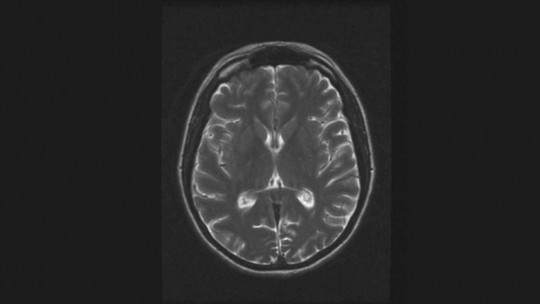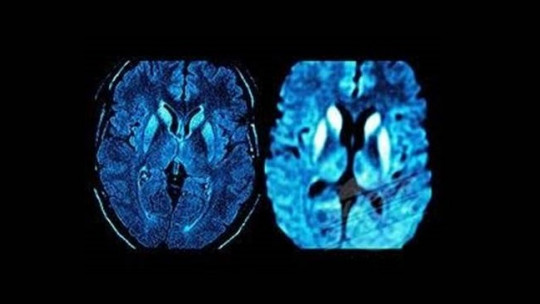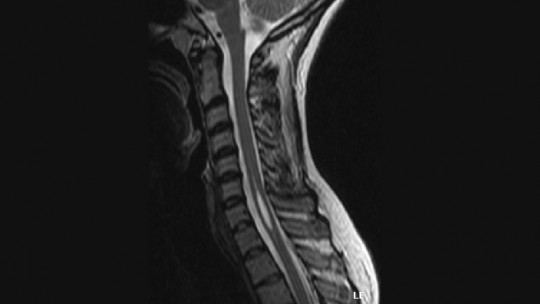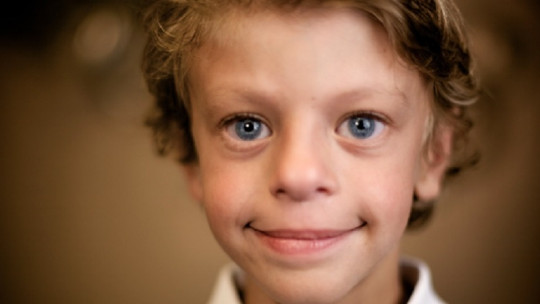The number of rare diseases recorded throughout the history of medicine ranges between 5,000 and 7,000 different diseases or conditions, of which the vast majority have their origin in some type of genetic alteration.
One of these rare diseases with genetic load is Batten disease It is a medical condition that exclusively affects children and its symptoms can lead to total dependence and sometimes death.
What is Batten disease?
Batten disease is a condition of genetic origin and a potentially fatal course that affects the child’s nervous system. This disease begins to appear between the ages of 5 and 10 and its first symptoms are recognizable because children begin to suffer seizures and vision problems.
Likewise, it is possible that initially other much more subtle symptoms such as changes in the child’s personality and behavior difficulties and delay in learning and clumsy movements and falls when walking.
This condition was first described in 1903 by pediatrician Frederik Batten, who gave it its current name. Besides It is also known as juvenile neuronal ceroid lipofuscinosis
Main features of this disease
As mentioned above, Batten disease is a genetic condition that It is part of the group of lysosomal storage disorders It has very little incidence but has very disabling symptoms that can even lead to the child’s death.
Its genetic origin causes the cells of the human body to be unable to get rid of the substances and waste that circulate through it causing excessive agglomeration of proteins and lipids, that is, fatty extracts.
This storage of fatty substances ends up causing considerable damage to cellular structures and functions, which little by little gives rise to the gradual deterioration distinctive of this disease.
In addition, The structure most affected by Batten disease is the nervous system the brain being the most damaged organ in the entire system.
Symptoms
As already mentioned above, Batten disease affects mainly the nervous system, therefore All the symptoms belonging to this disease will be related to the neurological area
This symptomatology mainly affects three areas of great neurological importance: vision, cognition and motor skills, on which it has a progressive deterioration effect.
The symptoms of each of the affected areas will be described below:
1. Progressive vision loss
Progressive vision deterioration is one of the first symptoms that appear in Batten disease. This symptom, which usually appears during the first years of life, It evolves until it causes total or partial blindness in the child when he is approximately 10 years old.
This category of symptoms includes some others, also related to vision, that appear throughout the development of the disease. These symptoms include:
2. Seizures
Other symptoms that appear during the early phases of the disease are repeated seizure episodes. These seizure episodes are transient incidents characterized by the presence of seizures caused by abnormal or excessive neuronal activity
Within these seizure episodes two different classes can be distinguished:
Focal seizures
These crises are produced by abnormal functioning of a specific area of the brain. These crises are characterized because the person is subjected to a series of rapid movements. During the course of these crises the person may suffer loss of consciousness and rhythmic and involuntary movements in any part of the body.
Generalized seizures
In this second type of epileptic seizures, abnormal neuronal activity affects practically all brain areas. Within this type of episodes are absence seizures or tonic and atonic seizures among many others.
3. Deficits in cognition
Both the agglomeration of lipid substances and the damage caused by epileptic seizures end up causing serious neurological deterioration, which is manifested by a loss of the abilities that the child had already learned.
These cognitive deficits can affect any area of language, memory, thinking or judgment Likewise, this generation process tends to be accompanied by changes in the child’s behavior, personality and mood, and may even present a psychotic episode.
4. Psychomotor problems
In Button’s disease too musculoskeletal and motor functions may be affected coming to hinder and condition the mobility of the child.
Within these psychomotor problems there may be:
5. Limitations and dependency
Finally, in the later stages of Batten disease children often have lost the ability to move and communicate so they are in a situation of absolute dependence.
Causes
As mentioned above, Batten disease has a genetic origin. Specifically, Its origin is located on chromosome pair 16, which presents a series of mutations in the CLN3 gene This gene is located in the nuclei of somatic cells.
Although the exact functions of this gene are not known, its mutation causes an abnormal and excessive accumulation of fatty material and substances in the tissues of the nervous system.
These lipopigments cause a series of important damages in the affected cellular areas beginning the progressive degradation distinctive of this condition.
Diagnosis
If the family members are aware of the existence of a family history of Batten disease, it is necessary to perform a prenatal exam or evaluation using the amniocentesis test or by sampling chorionic villus.
However, if the evaluation takes place after the birth of the child, it will be necessary to carry out a thorough evaluation to guarantee a correct diagnosis. Typical tests performed in this evaluation are:
Treatment
At the moment and due to the particularities of Batten disease, an action or treatment protocol for it that can stop the symptoms or make them subside has not yet been established.
Nevertheless, Seizure symptoms can be controlled by administering anticonvulsant medication Likewise, thanks to the benefits of physical and occupational therapy, children affected by Batten disease can preserve the functioning of their body for as long as possible.
Stimulation of patients and information and support for families through therapy groups can favor or facilitate coping with this disease.
- Related article: “The 7 types of anticonvulsant drugs (antiepileptics)”

